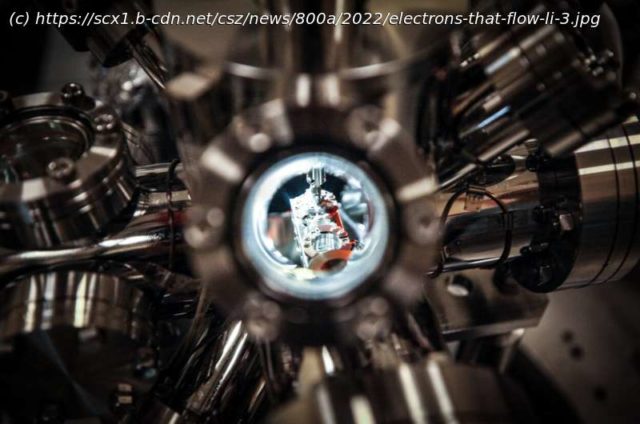Quantum computers, which can perform calculations much faster than traditional computers, have a big problem: They are prone to data storage and processing errors caused by disturbances from the environment like vibrations and radiation from warm objects.
Quantum computers, which can perform calculations much faster than traditional computers, have a big problem: They are prone to data storage and processing errors caused by disturbances from the environment like vibrations and radiation from warm objects.
But a discovery by scientists led by Nanyang Technological University, Singapore (NTU Singapore), on how electrons can be controlled at very low temperatures, suggests a way for addressing this problem and developing more robust and accurate quantum computers.
The team’s findings, which were published online in the Nature Communications journal in October 2022, showed, for the first time, that electrons can have strong interactions between them under certain conditions.
These interactions, previously only predicted in theoretical models, were observed on the edges of a type of atomically thin and electrically insulating material at ultra-low temperatures close to the coldness of outer space.
Headed by Assistant Professor Bent Weber from NTU Singapore’s School of Physical and Mathematical Sciences (SPMS), the research team confirmed that interactions at these low temperatures cause the electrons to flow like a liquid. This means that the electrons tend to move collectively along a line instead of moving individually or haphazardly in different directions.
Getting the electrons „in line“ for this special state of matter, dubbed a „helical Tomonaga-Luttinger liquid,“ is one of the key factors that physicists believe is critical to allowing electrons to group together to form a particle called a parafermion. Besides this special state of matter, another key factor for parafermions to form is needed, which comes into play at even lower temperatures: superconductivity. This property, which refers to the ability to conduct electricity without losing energy, can be found in certain materials.
Creating parafermions is a highly sought-after goal of scientists as these particles are predicted to help quantum computers store information in a more robust way than is possible today.






